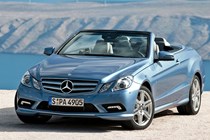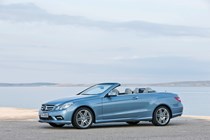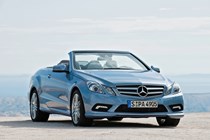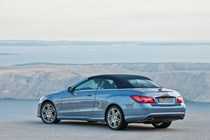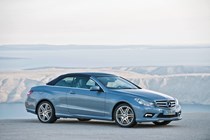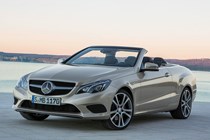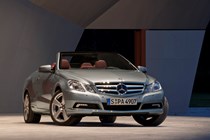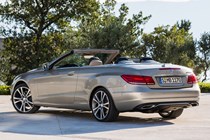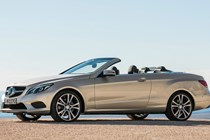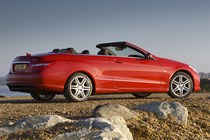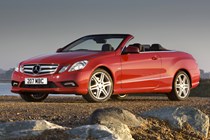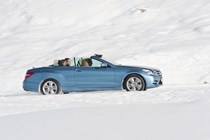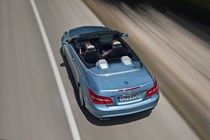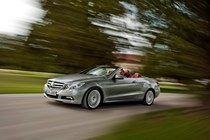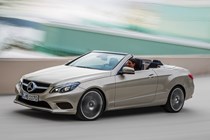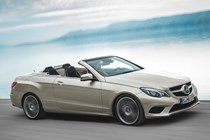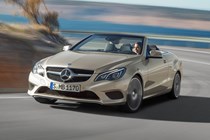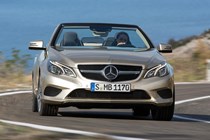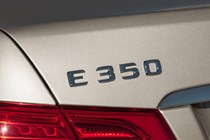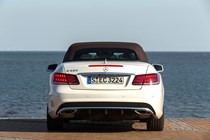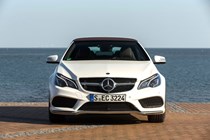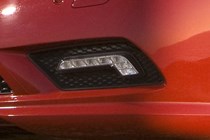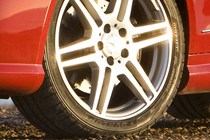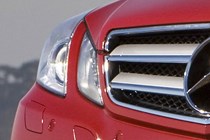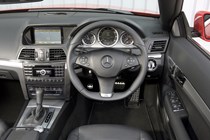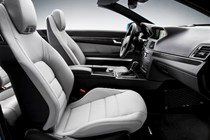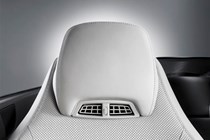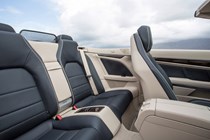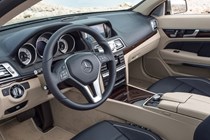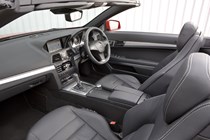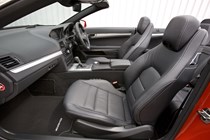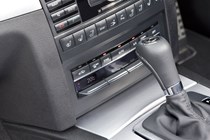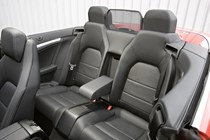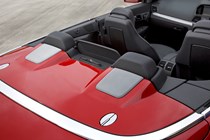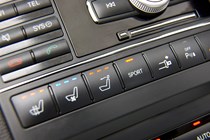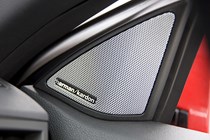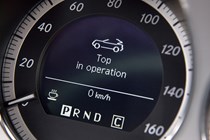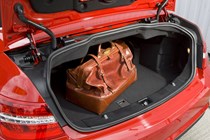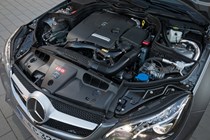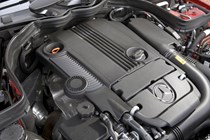
Mercedes-Benz E-Class Cabriolet (2010-2017) engines, drive and performance

In the UK Mercedes Benz E-Class cabriolet performance is provided by two petrol engines and three diesels.
Petrol Engines
An all-new E200 starts off the range, the four-cylinder turbocharged 2.0-litre petrol engine endowing the cabriolet with 181bhp. The benchmark 0-62mph sprint is completed in 8.2 seconds and top speed is 146mph.
Most interesting is the new 327bhp turbocharged 3.0-litre V6 petrol engine, which endows the E-Class with true sportscar performance. Only 5.3 seconds after moving off the 0-62mph is finished and the E400 is electronically limited to 155mph – as a blast on the German Autobahn allows us to testify to. Like the E200, the E400 sports an automatic transmission as standard.
Diesel Engines
If you hanker after a manual E-Class Cabriolet then the E220CDI is your only choice – though it’s worth noting this actually slows the Cabriolet down during the 0-62mph sprint. Otherwise the most frugal E-Class Cabriolet completes that benchmark test in 8.7 seconds and finishes accelerating at 144mph.
Next in line is the E250CDI, which remains the same displacement – 2.1-litres – but ups the ante to 201bhp and boosts the 400Nm output to 500Nm. That means this convertible reaches 62mph from rest in only 7.7 seconds and has a top speed of 151mph.
However the E350CDI is electronically limited to 155mph and can sprint from 0-62mph in only 6.7 seconds. Considering it can do that with an absolute dearth of fuss or drama, choosing this 3.0-litre diesel with its 620Nm of pulling power seems like something of a no-brainer to us.
Especially when you take into account the smooth and relatively quick-shifting seven-speed automatic transmission which allows for effortless performance. You can manipulate cog swaps via the paddles, but actually it generally pays to let the box take care of those decisions itself instead.
Despite removing the solid roof, Mercedes-Benz E-Class Cabriolet handling is generally impressive. The firm claims that the body retains the same strength as the Coupe, which is easy to believe as on the whole the convertible is free of rattles, creaks and shimmies on all but the roughest of roads.
Choosing larger wheels does firm the car up, but the E-class cabriolet slips along with an imperious sense of quality that is missing in some alternatives.
However, it’s not as engaging or as fun to drive as its rival from BMW, with little feedback through the steering. In fact, despite never relaly losing its composure, and offering strong levels of grip, it just isn’t that exciting to drive quickly.
But then many owners will see the light steering and relaxed nature of this comfortable cabriolet as something of a bonus.


